Rope is a fundamental tool in various industries and everyday tasks, with applications ranging from securing loads to outdoor adventures. Among the multitude of rope materials available, HDPE polypropylene stands out for its exceptional strength, durability, and versatility. In this article, we delve into the world of HDPE polypropylene rope, exploring its manufacturing process, advantages, applications, and environmental impact.
Introduction to HDPE Polypropylene Rope
Definition and Significance
HDPE (High-Density Polyethylene) polypropylene rope is a type of synthetic rope known for its high strength-to-weight ratio and resistance to abrasion, UV rays, and chemicals. Its flexibility and buoyancy make it ideal for various applications, both in commercial and recreational settings.
Applications and Uses
From marine rigging to industrial lifting, HDPE polypropylene rope finds extensive use in:
- Fishing and maritime operations
- Construction and agriculture
- Camping, hiking, and outdoor sports
Manufacturing Process of HDPE Polypropylene Rope
Materials Required
The production of HDPE polypropylene rope involves:
- High-density polyethylene (HDPE) pellets
- Additives for UV stabilization and color
- Extrusion machinery and twisting equipment
Production Steps
The manufacturing process includes:
- Melting and extrusion of HDPE pellets into filaments
- Twisting and weaving the filaments into strands
- Braiding or twisting the strands into the final rope structure
- Quality testing and packaging for distribution
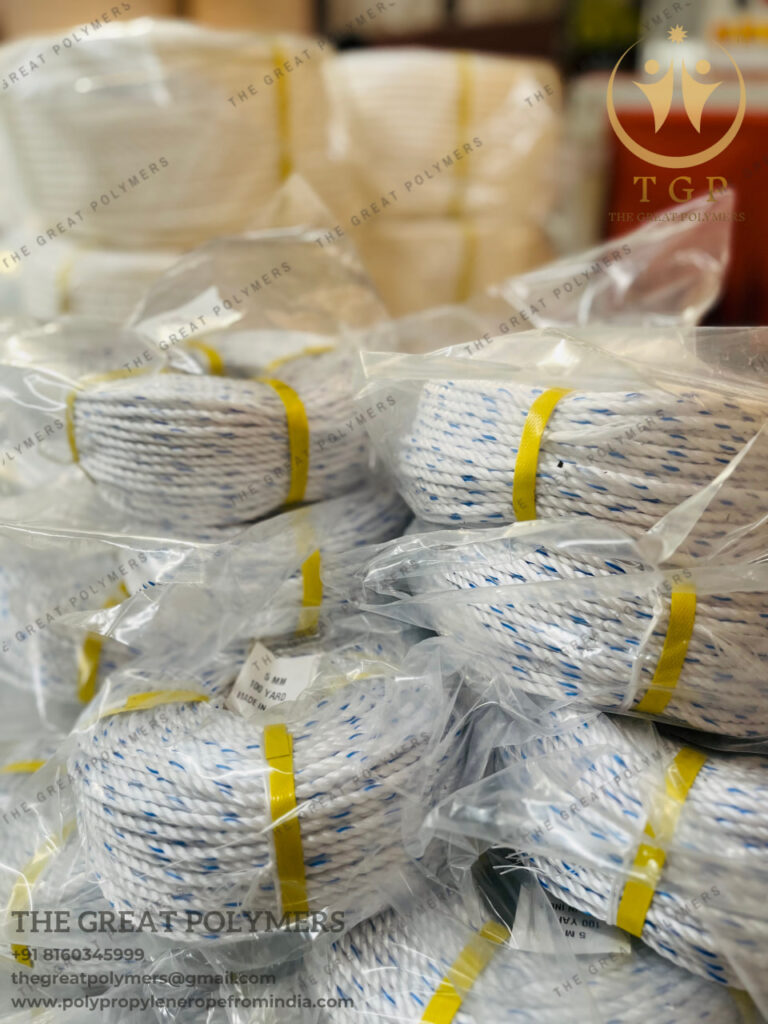
Advantages of HDPE Polypropylene Rope
Durability and Strength
HDPE polypropylene rope offers exceptional tensile strength and durability, making it resistant to stretching, abrasion, and tearing. Its robust construction ensures reliable performance in demanding environments.
Resistance to Chemicals and Weather Elements
Unlike natural fibers, HDPE polypropylene rope is impervious to moisture, rot, and mildew. It maintains its integrity even when exposed to harsh chemicals, saltwater, and extreme weather conditions, ensuring long-term reliability.
Applications of HDPE Polypropylene Rope
Marine Industry
In the maritime sector, HDPE polypropylene rope serves various purposes, including:
- Mooring and anchoring
- Towing and hauling
- Fishing nets and lines
Construction and Agriculture
In construction and agriculture, HDPE polypropylene rope is utilized for:
- Lifting and securing heavy loads
- Scaffolding and safety barriers
- Livestock fencing and crop support
Outdoor Activities and Sports
For outdoor enthusiasts, HDPE polypropylene rope is indispensable for:
- Camping and hiking gear
- Climbing and rappelling
- Boating and kayaking equipment
Comparison with Other Types of Rope
Strength and Durability Comparison
Compared to natural fibers like hemp and cotton, HDPE polypropylene rope offers superior strength and durability, with minimal stretching or degradation over time. It outperforms nylon and polyester ropes in terms of UV resistance and chemical stability.
Cost-Effectiveness
While initially more expensive than some natural fibers, HDPE polypropylene rope proves cost-effective in the long run due to its extended lifespan and low maintenance requirements. Its resistance to wear and tear reduces the frequency of replacement, resulting in overall savings.
Environmental Impact of HDPE Polypropylene Rope
Recyclability
One of the key advantages of HDPE polypropylene rope is its recyclability. Unlike traditional ropes made from natural fibers, which often end up in landfills, HDPE polypropylene rope can be melted down and repurposed into new products, minimizing environmental impact.
Ecological Footprint
Although synthetic ropes like HDPE polypropylene have a smaller ecological footprint compared to natural fibers in terms of water usage and land cultivation, their production may involve fossil fuel-derived materials. However, advancements in recycling and sustainable manufacturing practices are mitigating these concerns.
Choosing the Right HDPE Polypropylene Rope Manufacturer
Factors to Consider
When selecting a manufacturer or supplier of HDPE polypropylene rope, consider the following factors:
- Quality standards and certifications (ISO, ASTM)
- Reputation and customer reviews
- Range of products and customization options
- Warranty and after-sales support
Tips for Maintaining HDPE Polypropylene Rope
Cleaning and Storage Guidelines
To prolong the lifespan of HDPE polypropylene rope, follow these maintenance tips:
- Rinse with fresh water after each use to remove salt and debris
- Store in a dry, well-ventilated area away from direct sunlight and moisture
- Inspect regularly for signs of wear, fraying, or damage
Inspection and Replacement
Inspect the rope regularly for:
- Abrasions, cuts, or kinks
- UV degradation and discoloration
- Loss of strength or elasticity Replace any damaged or worn sections promptly to ensure safe and reliable performance.
Conclusion
HDPE polypropylene rope offers a winning combination of strength, durability, and versatility, making it an indispensable tool in various industries and recreational activities. Whether for marine, construction, or outdoor applications, choosing the right manufacturer and following proper maintenance guidelines ensures optimal performance and safety.
Unique FAQs
1. Is HDPE polypropylene rope suitable for use in saltwater environments?
- Yes, HDPE polypropylene rope is highly resistant to saltwater corrosion, making it ideal for maritime applications.
2. Can HDPE polypropylene rope be spliced?
- Yes, HDPE polypropylene rope can be spliced using appropriate techniques and tools to create strong and reliable connections.
3. How does HDPE polypropylene rope compare to nylon rope in terms of stretch?
- HDPE polypropylene rope has minimal stretch compared to nylon rope, making it more suitable for applications requiring stability and minimal elongation.
4. Is HDPE polypropylene rope suitable for use in extreme temperatures?
- Yes, HDPE polypropylene rope maintains its strength and flexibility in a wide range of temperatures, from freezing cold to scorching heat.
5. Can HDPE polypropylene rope be dyed in different colors?
- Yes, HDPE polypropylene rope can be dyed in various colors during the manufacturing process to meet specific preferences and applications.

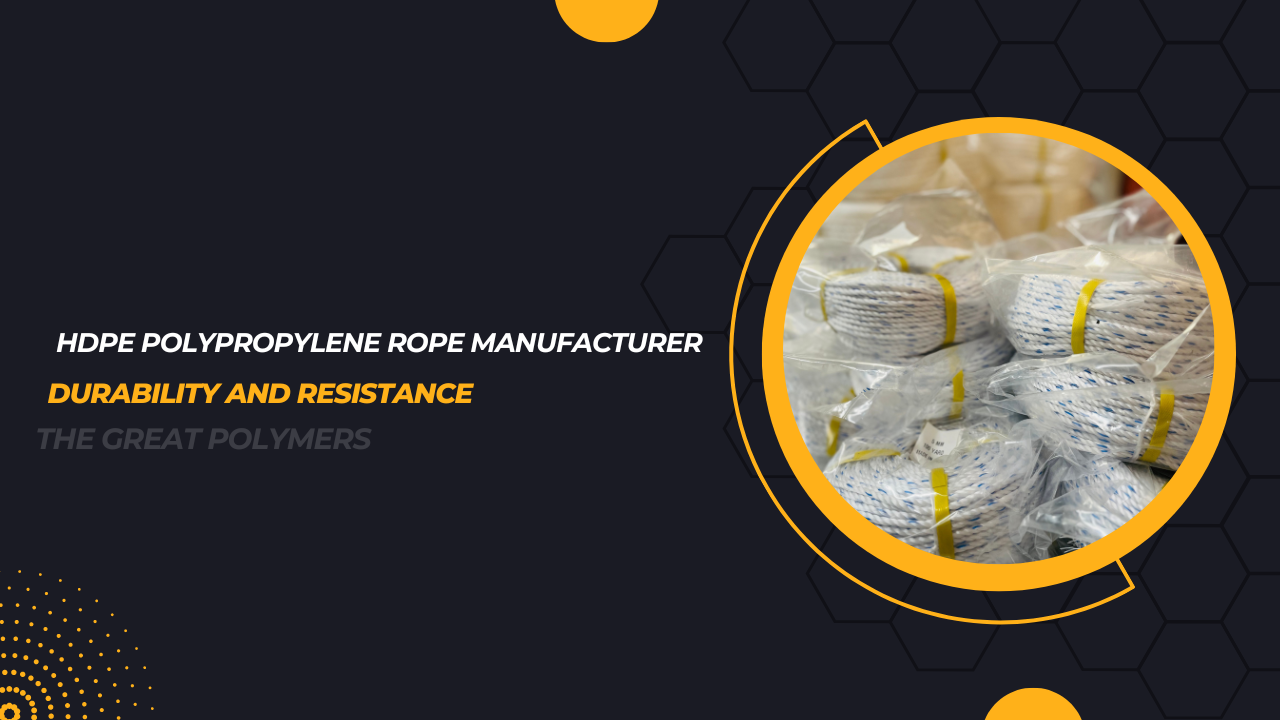



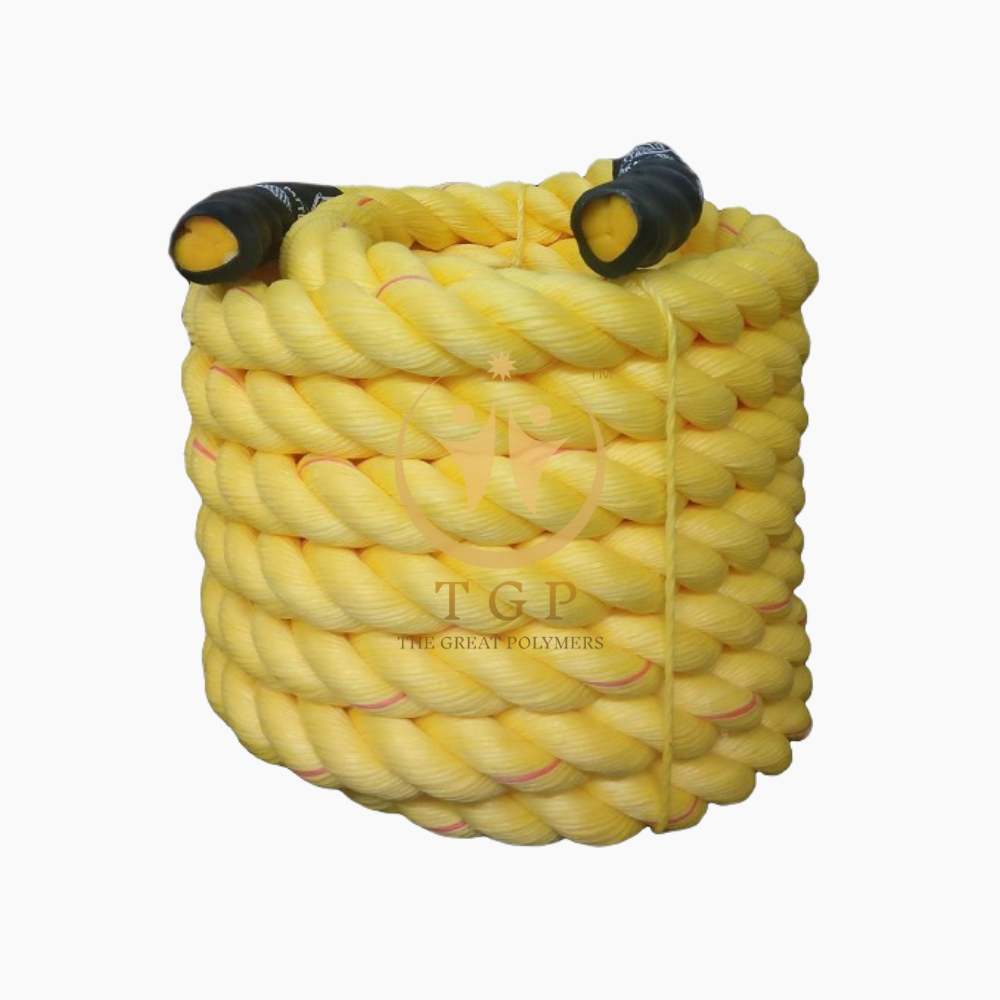
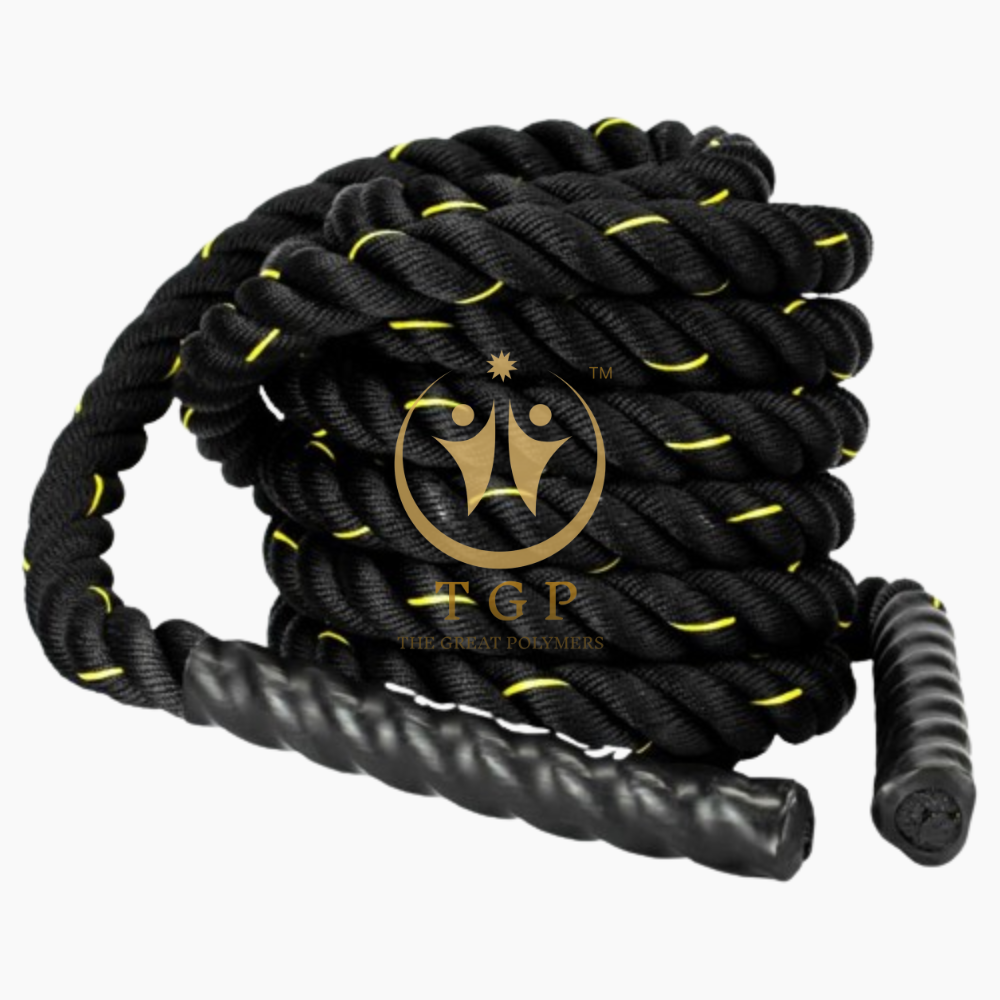
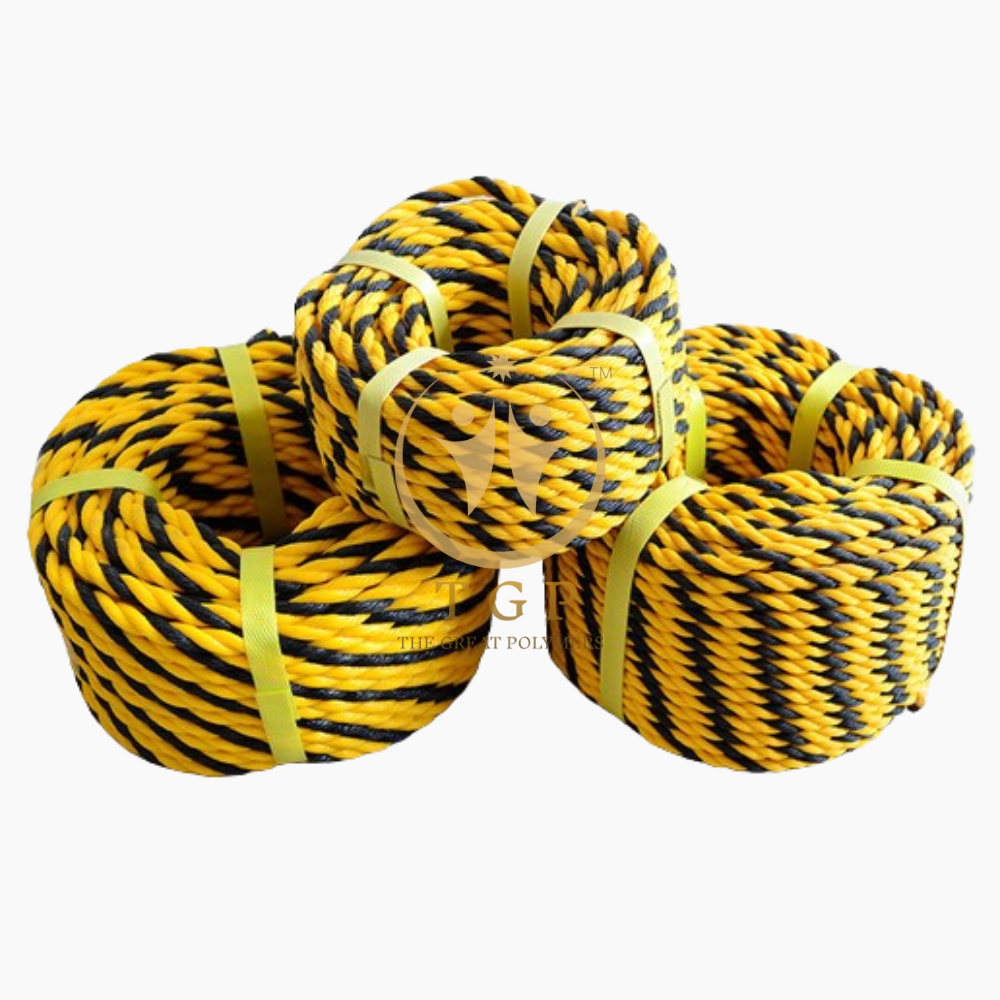

Leave a reply